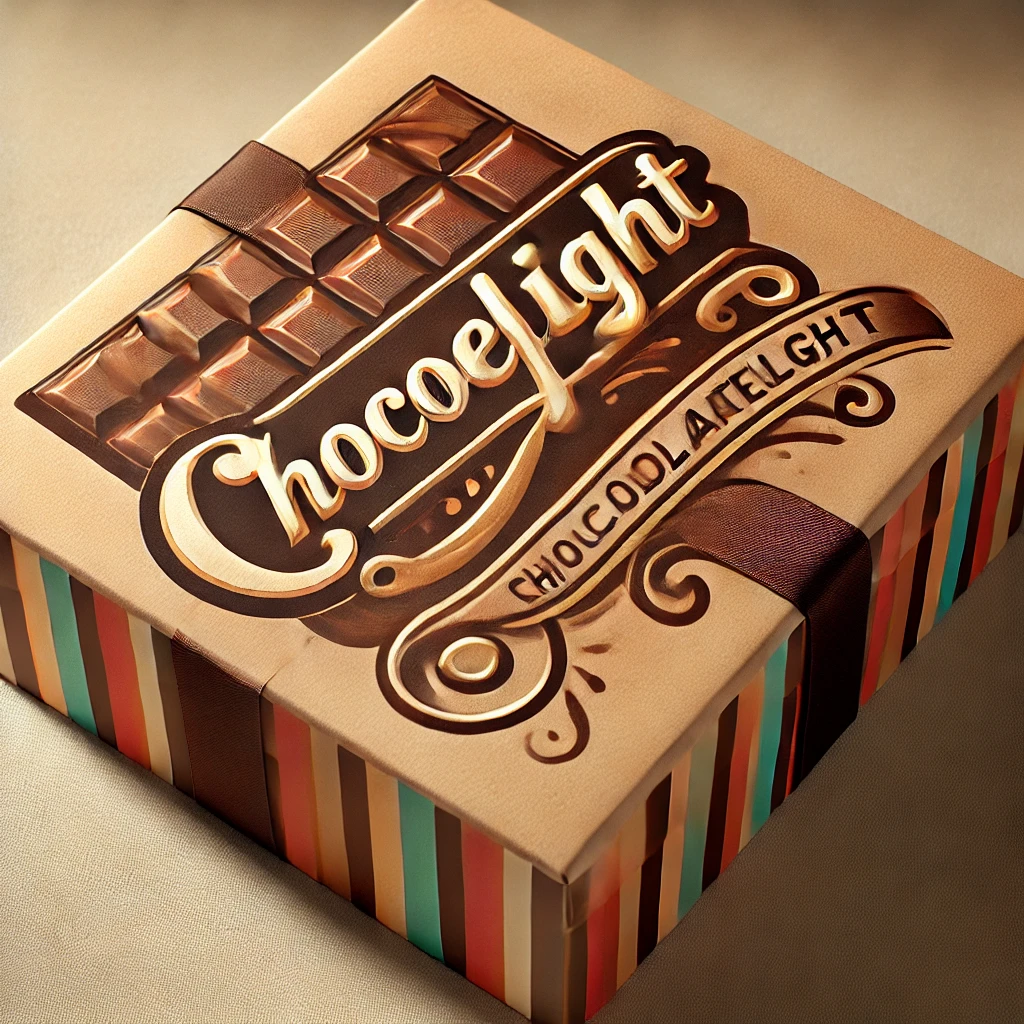Consumer packaged goods (CPG), sometimes referred to as “fast-moving consumer goods” include low cost everyday items, such as packaged foods, beverages, toiletries, candies, cosmetics, over-the-counter drugs, etc.
They are typically high volume, low cost products that consumers purchase frequently with low engagement. From trademark perspective, the brand owner should be cognizant of particular characteristics of the industry.
Trademarks and packaging
While the package typically contains the name of the product, and often its logo as well, you should also be mindful that the package as a whole, or a significant part of it, can also be your trademark.
It’s common that the packaging as a whole is very unique beyond just your name and logo. You should also invest in making your packaging to stand out from the crowd. Often these figurative parts of the packaging can be, and should be, registered as trademarks. Below is EU trademark 0952487 of Société des Produits Nestlé S.A.
When it comes to product packaging, graphical layout is often considered sufficiently distinctive for registration. This at leastthe case when it contains elements that are not directly related to the goods in question.
Sometimes it could even be that it is not only the graphical aspects of packaging that is protected, but the shape of the packaging. A famous example of this is the Coca-Cola bottle. It has a unique shape that is also registered as a trademark around the world.
However, you should be mindful that the threshold for registering the shape of packaging as a trademark is quite high. It is not sufficient that the package has a unique shape, the shape must be so striking that it will be perceived as an indicator of commercial origin. If the shape is necessary to obtain a technical result, such as in the case of a basic LEGO brick, it is not registrable as a trademark.
Consumer perception
Another aspect that must be considered is that CPGs are often low cost, high volume products that are purchased without too much examination. There is also typically fierce competition.
When assessing whether the brand name is sufficiently dissimilar from existing brand names, the consumer perception is an importantant factor. When the goods in question are relatively cheap every day products, consumers do not pay too much attention when buying them. This means that two similar brand names are more likely to be confused than if they were used for more expensive and rare products.
Another factor is that, according to established trademark principles, a consumer rarely has a chance to compare the relevant products side by side. So direct comparison is not possible.
Rather, s/he must rely on an “imperfect recollection”. This means that althought it might be easy to spot even minor differences between the marks when compared side by side, the consumer must rely on his or her imperfect recollection of the earlier mark.
In other words, s/he will not remember exactly what the other mark was. This is why there often is likelihood of confusion in the legal sense in cases, where the marks have clear differences. Often our clients have a hard time accepting that this is the case.
Use of non-distinctive elements
A third aspect that should be taken into account is the use of non-distinctive elements as part of brand names. An example of this would be a brand name that starts with the word “aqua” (water).
In the EU countries (including EU trademarks) there are nearly 15000 registered trademarks starting with the word “aqua”. Companies often have unrealistic expectations regarding the scope of their rights in these kinds of cases. If the product in question has something to do with water, name “aqua” is non-distinctive and cannot be the subject of exclusive rights. The relevant product range is not limited to beverages (for example mineral water), but it could include products like resistant bandages and water resistant makeup.
When two brand names coincide by their non-distinctive elements (like “aqua”), but both contain distinctive differing elements, there is usually no likelihood of confusion. The reverse is the case they coincide by their distinctive elements, but differ by non-distinctive elements, there is often a likelihood of confusion.
Fight against knock-offs
Finally, many CPGs are vulnerable for knock-offs. This may concern more established brands, but it is completely conceivable that if a small startup comes with a good product, larger retailers will take advantage of that. What’s more, many discount supermarket chains such as Aldi and Lidl are masters of creating knock-offs, or products that are associated with the original brand. For example, the English high court decided earlier this year that Aldi’s Taurus cider did not infringe on Thatcher’s rights despite clear similarities.
The court stated that there is only low similarity, and shared elements have only limited distinctiveness, and are commonly used. Althought Thatchers was not successful, and this case highlights the challenges in the CPG business companies face.
Conclusion
Companies that make CPGs face many trademark challenges. It is often necessary to put heavy emphasis in creating packaging that stands out. However, it is often precisely that appealing packaging that is often the first attack by competitors.
The case between Aldi and Thatchers dealt with cloudy lemon cider. The challenge for Thathers in that case, as it so often is, that the packaging consisted of non-distinctive colours and elements. In these kinds of circumstances it is much more difficult to establish an infringement.
So in conclusion, focus on creating strong visuals for your brand. When you do that, you should focus on names, colours and graphics that are unique for the products in question.
If the brand elements are descriptive of the products, it will be difficult or impossible to fend of knock-offs. Also, it is equally important to register the main brand elements, including the overall appearance of the packaging, as trademarks. Without registration, it is even more difficult to take action against unwanted imitation.
Read more
The problem with weak trademarks
The challenge of 3D trademarks
Should you register a design or a 3D trademark? What’s the difference?




